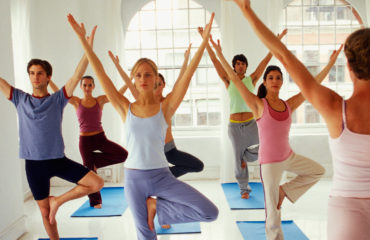
The most widely used are two types of yoga mats, TPE and natural rubber yoga mats.
These two kinds of advantages are in line with national environmental standards, can be recycled, and will not cause pollution to the environment, TPE is the most environmentally friendly, and has no odor. The most important point in choosing a yoga mat is to be soft, stick to the ground, scratch the ground when you are on a tile, and not slip when sweating, preferably for portability.
The second is to have a better waterproof, non-slip performance.
The following is a description of these yoga mats to do a detailed introduction: TPE Foam Mat Main ingredients are TPE and Eva and artificial rubber, the production cost is higher, the production process is higher, industry entry threshold high. Product quality is good, elastic foot, soft and anti-skid effect is high. Plastic-free, easy to decompose, is currently a relatively good product, by that environmentalist’s love.
TPE Mats can now be 10 mm thick. PVC Foam mat is more extensive, the price is relatively cheap, diverse colors, low production costs, simple process, easy to make according to customer requirements to do the logo, popular favorite.
The disadvantage is that plastic products are not easily decomposed naturally, polluting the earth. Eva Mat is also very green, there are inexpensive and high-end. Low-cost Eva is too soft and tastes too heavy. High-grade quality is good, but the thickness can only achieve 4 mm.
The Middle East market prefers Eva cushions. Latex pads, which usually add a layer of hay to the surface, are cost-dependent on PVC mats and TPE mats. Also is environmentally friendly products of the Earth.
The American market likes a little more. CBR’s cushions are too heavy and cost less.
Wear-resistant and slippery, tasteless, usually black. The main thickness of the yoga mat is 3 mm, 4 mm, 5 mm, 6 mm, 7 mm. 6 mm is the standard thickness. Suitable for beginners, TPE mats can be 10 mm, and very soft.



